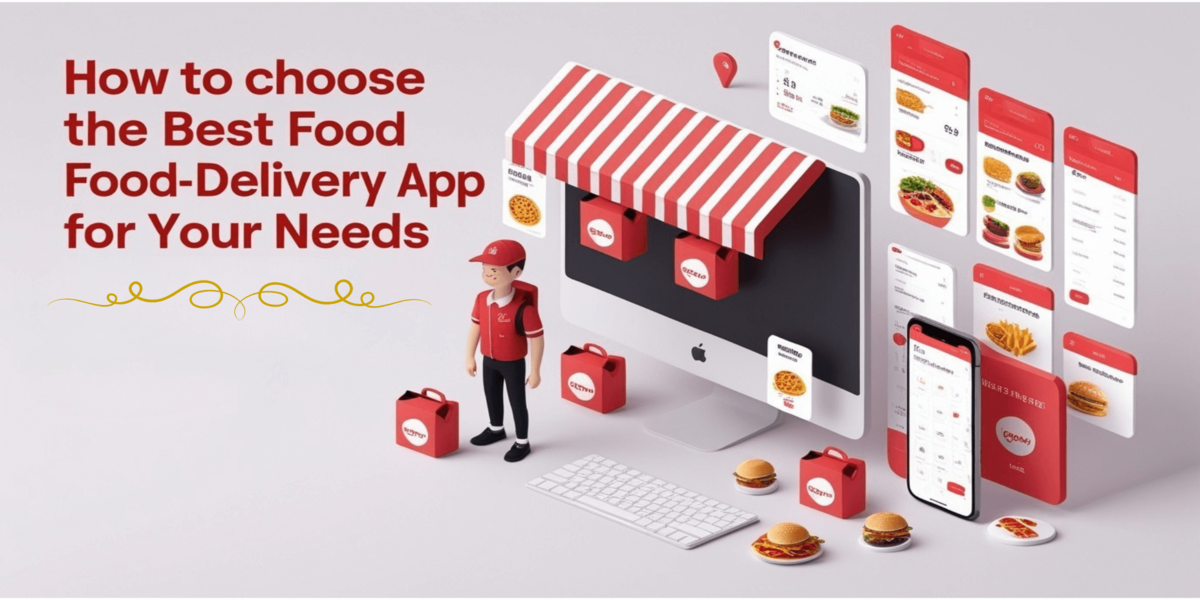Rethinking Safety Features in Navigation Apps for High-Risk Routes
- By Joe Winston
- 22-04-2025
- Technology

Navigation apps help drivers get around, whether they’re commuting, exploring, or making deliveries. These tools work great for speed and convenience, but often ignore serious safety concerns. Many routes take users through risky areas without any real-time alerts or warnings.
What happens when someone gets injured along a high-risk road with no support? Current systems rarely account for dangerous turns, accident-prone intersections, or poor lighting at night. Drivers are expected to trust these tools even when conditions change fast.
There’s a gap between efficiency and real-life protection on the road. App developers need to rethink what users need under pressure. This article will explore how navigation platforms can better respond to those critical moments.
Understanding the Gaps in Current Navigation Logic
Most navigation apps focus on speed and convenience over actual road safety. High-risk areas often appear in routes without additional warnings or context. These zones include poorly lit streets and roads with frequent collision records.
Apps rarely explain why one route might be safer than another. Drivers trust the system without knowing the potential dangers ahead. Time estimates remain the top priority for most navigation algorithms today.
This results in users being routed through areas they might normally avoid. Prioritizing user safety requires rethinking what "optimal" routing means.
AI can play a significant role in addressing these gaps by factoring in road safety alongside speed.
In October 2023, Google Maps introduced an update to enhance navigation accuracy with the help of AI. The update focused on providing real-time data to optimize routes based on current traffic conditions. AI allows Google Maps to predict more precise travel times and suggest alternative paths to avoid congestion and unsafe roads.
Developers must incorporate localized risk factors into how routes are suggested.
How can navigation apps avoid accident-prone zones?
Navigation apps can use accident reports and historical data to identify high-risk areas. They should reroute drivers to safer alternatives by factoring in local collision statistics. Implementing such safety measures ensures that users avoid hazardous zones while still reaching their destination effectively and securely.
Leveraging Real-Time Data to Identify Risk Zones
Navigation platforms already collect large volumes of real-time traffic and location data. That data can help identify risk zones before users even enter them. Accident reports and weather patterns can reveal where trouble is likely to occur.
Emergency response information also helps spot intersections with a history of frequent crashes or injuries. Crowdsourced data can provide another layer of local insights for accuracy.
GPS World notes that HERE and Mobileye have partnered to crowdsource HD mapping data, with VW joining later. Mobileye’s EyeQ system, a high-performance vision chip, collects vast visual data across 300 vehicle models. This data is then rendered into detailed maps with the help of their partners.
Additionally, context-aware alerts could notify users of dangers like poor lighting or blind turns. Simple prompts could make a huge difference in how users choose their routes. Rerouting around high-risk zones could become as routine as avoiding traffic. Real-time safety suggestions need to be standard features across all navigation apps.
What types of data can improve intersection safety?
Data from emergency response teams and accident reports can highlight dangerous intersections. Knowing where crashes frequently occur can help developers pinpoint risky spots and create alerts. Improving intersection safety requires integrating this data into apps to warn drivers and provide safer routes.
Addressing Real User Needs in Critical Moments
During an emergency, users need more than directions and time estimates. Navigation apps can play a critical role in helping users get support. Features like crash detection and emergency alerts are increasingly important for safety. Users may need nearby medical centers, towing services, or accident reporting tools instantly.
Some situations also call for access to legal professionals familiar with traffic incidents.
For example, on September 20, 2024, CPR reported that a semi-truck crash on eastbound I-70 near Edwards, CO, caused significant delays and injuries. A westbound semi-truck veered through the left shoulder into the eastbound lanes, crashing into another truck. The crash left two people hospitalized, while the westbound driver was unharmed.
In such situations, assistance from a local truck accident lawyer can be invaluable.
According to TorHoerman Law, auto accident attorneys work to build a strong case for victims involved in such crashes. They handle paperwork, communicate with insurers, and manage all legal complexities involved. Their goal is to protect the victim’s rights and pursue rightful compensation on their clients’ behalf.
I-70 is a hazardous highway with frequent accidents caused by mountainous terrain and high traffic. Navigation apps can integrate crash detection technology that automatically records key details during a collision. This data, such as location, speed, and incident footage, can be sent to a preferred lawyer or emergency contact. The feature provides users with support even when they can't engage, helping them recover.
What other services should navigation apps offer during emergencies?
In addition to crash detection and emergency contacts, apps should provide nearby towing services and accident reporting tools. Offering a quick way to communicate with local responders improves the user's ability to manage the situation. Integrating multiple services in one platform helps users stay organized and focused during emergencies.
Reimagining Interface Design for Stressful Situations
Drivers often experience high stress when facing confusion or road-related problems. To minimize this, a clean, minimal interface is essential to reduce distraction and mental fatigue. Voice instructions should provide calm, timely prompts without overwhelming the user. Critical alerts must be clear, well-timed, and easy to understand visually. Here's how to improve the experience:
- Keep the interface clean and minimal to reduce distractions.
- Offer calm, timely voice instructions to prevent overwhelming users.
- Ensure critical alerts are clear, well-timed, and easy to understand.
- Avoid too many map layers or visual effects that may overwhelm users.
The Interaction Design Foundation also highlights that clutter in UI design makes it hard for users to focus on key content. Too many elements crowd the screen, leading to confusion and frustration. It disrupts the flow, causing users to struggle with navigation.
Prioritizing clear communication during intense moments can lead to better user decisions. The interface must remain focused on helping, not overloading, during dangerous driving situations. Calm and context-aware design improves outcomes when users need direction most.
What role does user-friendly design play in navigation safety?
User-friendly design promotes safer navigation by enabling drivers to understand and respond to alerts quickly. When apps are easy to use, drivers can make decisions without unnecessary delays or confusion. Intuitive designs ensure that users don’t miss vital information when navigating challenging or dangerous roads.
Navigation apps are evolving beyond basic routing to become proactive safety guardians. These apps can now combine data from historical accident records, real-time environmental conditions, and user insights. With this information, they can assess and reduce potential risks as users drive.
This shift requires a change in design, focusing on intuitive interfaces and context-aware support in critical moments. The future of navigation apps will focus on seamlessly integrating safety features into the user experience. As a result, these apps will transform the way we navigate the roads, making them safer and more responsive to real-time conditions.


.jpg)

.jpg)
